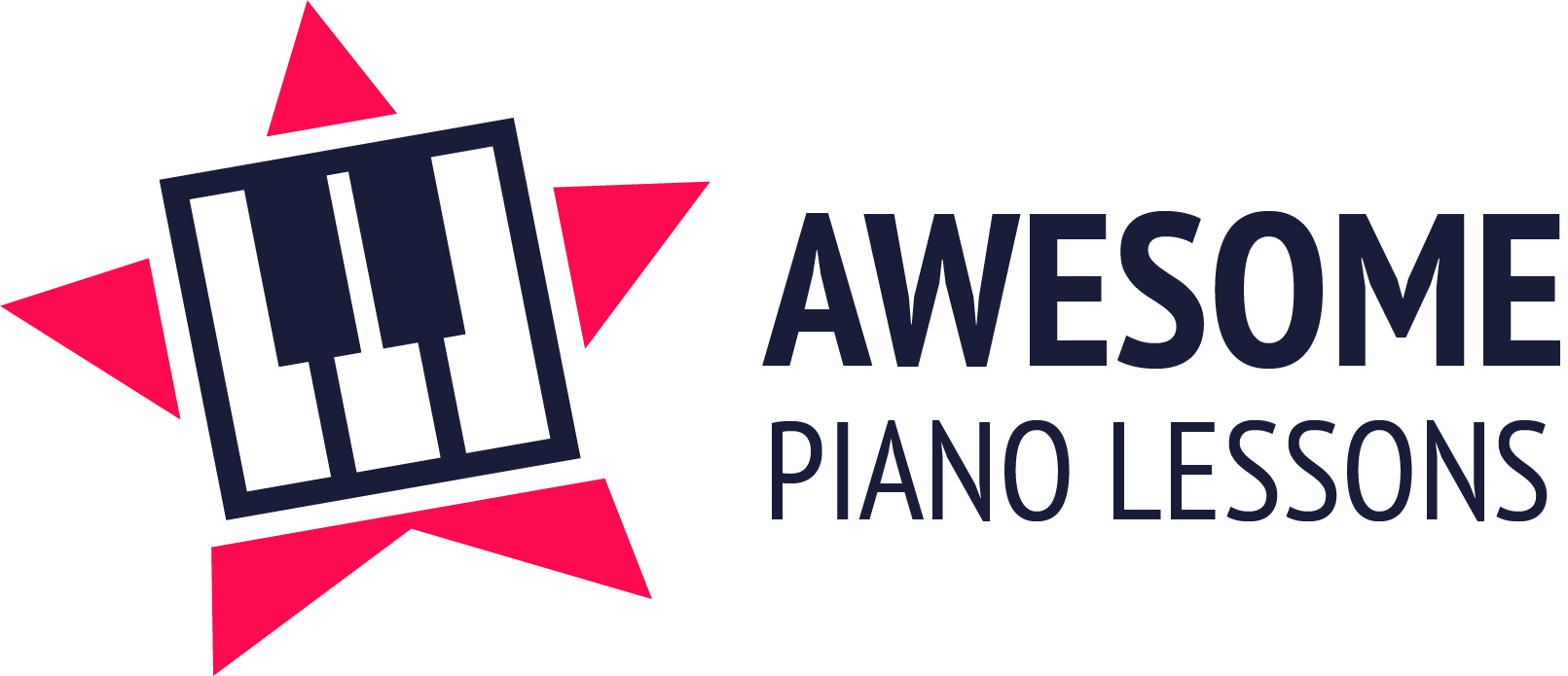Over the past 17 years, Lisha Lecari has been the director of Music and the Brain, which is a music program she created. As of now, the program operates in 100 New York City public elementary schools, many of them situated in poor neighborhoods. Her curriculum is inspired by a 1990s study that connects the experience of early musical instruction to increased cognitive ability.
“During my last year of high school I got hooked on studying music in depth, not just listening to it, discovered the thrill of counterpoint, and pretty much from then on knew I wanted to be a music teacher. Music helps students to focus, to concentrate, to attend to a task, and to memorize things. They learn pattern recognition, and it helps with math skills and literacy,” stated Lisha. Music and the Brain is able to install between 15 to 25 pianos and keyboards in labs in each participating school due to the support from various organisations such as the Ford Foundation and the 42nd Street Fund. In fact, this is one of the few programs with a piano curriculum that caters towards K-2 students, though it can also be used effectively for beginners of any age. Lecari also mentioned that she enjoys using it to teach parents to read music in a short time frame of 30 minutes.
The extensive curriculum comprises of a repertoire of 156 songs, including examples from classical, folk, children’s music, and world music. Through a sequential presentation, the songs teach ear training (for rhythm and pitch), movement, analysis, geography, history, storytelling, games, singing, dancing, playing piano, improvisation and performance. The program also includes three piano books along with teaching manuals, rhythm and keyboard cards, theory papers, poster-size copies of each song and a total of 43 CD recordings.
The music teachers are given an initial training and are required to attend an annual workshop. Instead of merely teaching musical notes to children, Music and the Brain assists in stimulating the way kids think and act on that thinking as well as inspire them to produce their own sounds. In some programs, students might also learn to read music and then play the song. With Music and the Brain, students will learn to find where certain notes are repeated, then they will discuss and describe the music and how it feels towards them. From there, they will go on to create a story that goes with the music. For more of the story, you can check it out here.
For those who are looking for quality piano lessons in Singapore, you have come to the right place! Awesome Piano provides you with an array of options catering to different age groups and levels.
